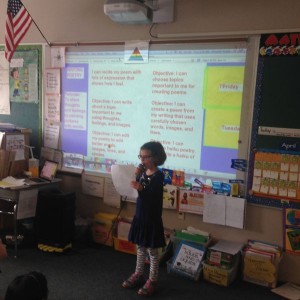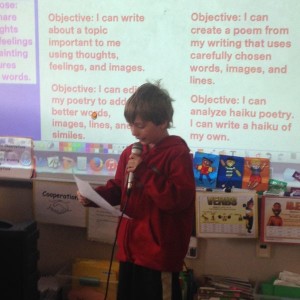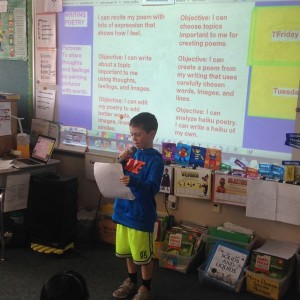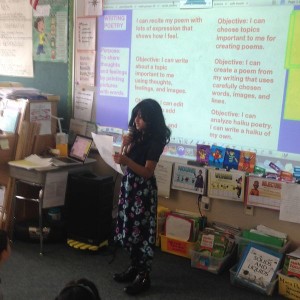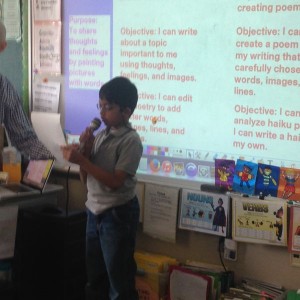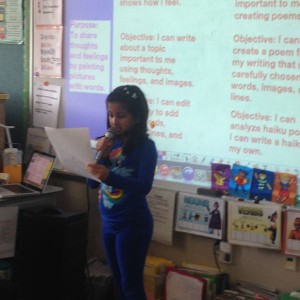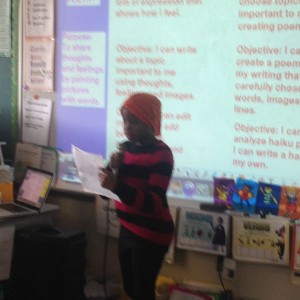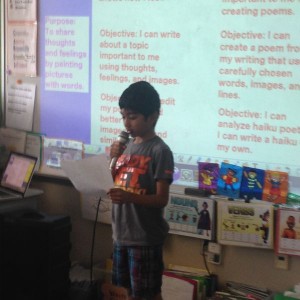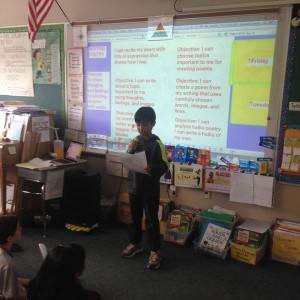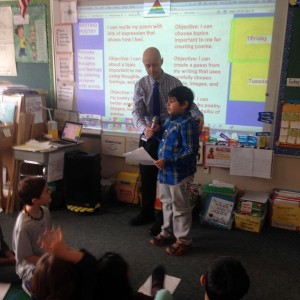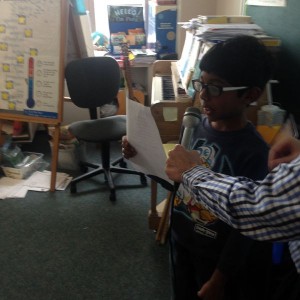Posted by kavery508 | Posted in Uncategorized | Posted on April 27, 2015
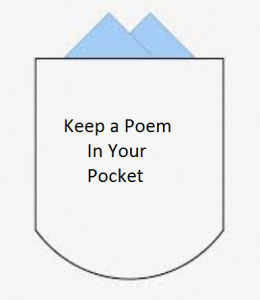 This week and next, students will be experience the joy of poetry by reciting a piece of their own choosing! They will assume the role of speaker, creating tone based on lines and imagery given by the poet. Your child’s poem was sent home before vacation. Ask your child to practice by speaking loudly, slowly, and clearly with expression that shows what s/he feels and thinks about the poem’s subject. Poems should be memorized (with a few exceptions): recitations are performances! Students will also receive prizes for successful completion.
This week and next, students will be experience the joy of poetry by reciting a piece of their own choosing! They will assume the role of speaker, creating tone based on lines and imagery given by the poet. Your child’s poem was sent home before vacation. Ask your child to practice by speaking loudly, slowly, and clearly with expression that shows what s/he feels and thinks about the poem’s subject. Poems should be memorized (with a few exceptions): recitations are performances! Students will also receive prizes for successful completion.
 You’re invited! Our End-of-Year Celebration will be held Friday, June 12, 9:30-10:15 in our Cafeteria. Similar to our Winter bash, we will be performing on the stage for family and friends, and we will remain after for photo opportunities and congratulations!
You’re invited! Our End-of-Year Celebration will be held Friday, June 12, 9:30-10:15 in our Cafeteria. Similar to our Winter bash, we will be performing on the stage for family and friends, and we will remain after for photo opportunities and congratulations!
Last Friday were treated to an outstanding presentation by fourth-graders as part of their Physical Education. Kudos to them for their collaboration and sportsmanship, and to our class for their respectful audience behavior!
 With just 7 weeks to go, students will learn to use technology to communicate and evidence their thinking through the use of blogs. The will learn to navigate online environments, including posting, commenting, and replying; to create, find, and upload media such as images and audio files; and to collaborate with peers through reading and writing. This week, we will learn what it means to be part of an online community and how blogs are used. Then we will learn what a digital footprint means and how to create a safe one, as well as how to stay safe online. Next, we will learn the format and netiquette specific to online communication. Finally, kids will learn to craft an introductory piece; comment on postings from peers in our class and Mrs. Richard’s class (who will be collaborating with us); and reply to comments received. A note on safety and privacy: Student blogs are created via Kidblog.org. They are only open to invited peers and teachers. Once up and running parents will be invited to view them as well with a private password. For more information, please visit their site. Lessons on privacy and more are taken from Common Sense Media.
With just 7 weeks to go, students will learn to use technology to communicate and evidence their thinking through the use of blogs. The will learn to navigate online environments, including posting, commenting, and replying; to create, find, and upload media such as images and audio files; and to collaborate with peers through reading and writing. This week, we will learn what it means to be part of an online community and how blogs are used. Then we will learn what a digital footprint means and how to create a safe one, as well as how to stay safe online. Next, we will learn the format and netiquette specific to online communication. Finally, kids will learn to craft an introductory piece; comment on postings from peers in our class and Mrs. Richard’s class (who will be collaborating with us); and reply to comments received. A note on safety and privacy: Student blogs are created via Kidblog.org. They are only open to invited peers and teachers. Once up and running parents will be invited to view them as well with a private password. For more information, please visit their site. Lessons on privacy and more are taken from Common Sense Media.
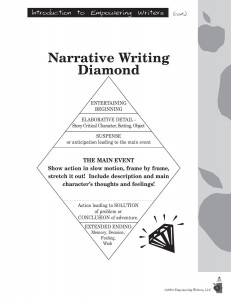 We continue developing our narrative writing skills this week by stretching out moments with details that put the reader in the picture. Check out this Main Event video about a homerun from Barry Lane at Youtube! A writer could just say: I hit the ball and got a homerun…boring! How much better would it sound if we stretched it out: I choked up on the bat and planted my feet on the hard, packed dirt. The pitcher turned and faced me, squinting under his faded blue cap. This is it, I thought: either I make this hit or we go home defeated…Try finishing it at home with your child! Let us know what you come up with!
We continue developing our narrative writing skills this week by stretching out moments with details that put the reader in the picture. Check out this Main Event video about a homerun from Barry Lane at Youtube! A writer could just say: I hit the ball and got a homerun…boring! How much better would it sound if we stretched it out: I choked up on the bat and planted my feet on the hard, packed dirt. The pitcher turned and faced me, squinting under his faded blue cap. This is it, I thought: either I make this hit or we go home defeated…Try finishing it at home with your child! Let us know what you come up with!
 Our next area of study in math involves understanding and using money. Besides identifying coins/bills and their amounts, students should be able to combine various amounts of both. Consider this example:
Our next area of study in math involves understanding and using money. Besides identifying coins/bills and their amounts, students should be able to combine various amounts of both. Consider this example:
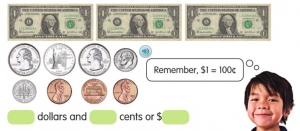 Notice how students can best solve this by starting with the larger amounts and using counting on/adding on. Students will also learn to write in dollars-and-cents notation ($1.25) and with words: one dollar twenty five cents. For help with homework, see the resources section of your child’s math homework folder where you will find a variety of pages on everything from coins and counting to vocabulary. And as always, see the student e-book (Student Book B) from the Think Central site. This unit is Chapter 11.
Notice how students can best solve this by starting with the larger amounts and using counting on/adding on. Students will also learn to write in dollars-and-cents notation ($1.25) and with words: one dollar twenty five cents. For help with homework, see the resources section of your child’s math homework folder where you will find a variety of pages on everything from coins and counting to vocabulary. And as always, see the student e-book (Student Book B) from the Think Central site. This unit is Chapter 11.
This week is our last School Meeting All School Read. All year, students in in every grade learned to make a difference as members of their school, local, and world communities. Our focus now and for the next month is on “Being Green.” Using the text What does it mean to be green? (Rana DiOrio), kids will become aware of the importance of ecological stewardship and make commitments for taking action. We will continue this theme next month as we learn about where Shrewsbury gets its water from; what dangers/concerns relate to it; and steps we can take to ensure it is there for those who come after us.
 In science we have been learning to apply our understanding of the physical properties of liquids. Up to now we’ve examined liquids whose color, opacity, and viscosity were different. But how can we tell 2 liquids apart if they look exactly alike? By observing differences in how they behave. Using a variety of tools and reference sheets, students identified alcohol and water by how each one interacted with different surfaces.
In science we have been learning to apply our understanding of the physical properties of liquids. Up to now we’ve examined liquids whose color, opacity, and viscosity were different. But how can we tell 2 liquids apart if they look exactly alike? By observing differences in how they behave. Using a variety of tools and reference sheets, students identified alcohol and water by how each one interacted with different surfaces.

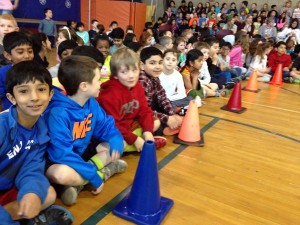
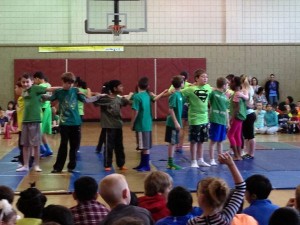
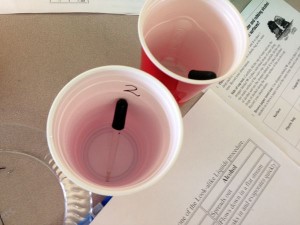
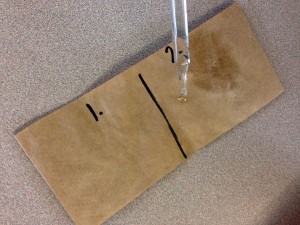
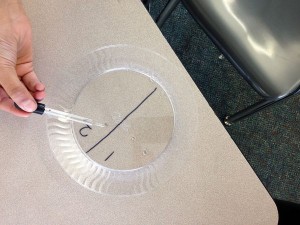

 Our Social Studies focus this term is on understanding information that timelines present. We have been evaluating timelines and analyzing various formats to understand how history is presented graphically. Having created personal lists of events at school this year, students will explore how to best show their information for the engagement and ease of the reader. Softschools.com has some good examples of online and interactive timelines, and there are many others you can find with a simple Web search:
Our Social Studies focus this term is on understanding information that timelines present. We have been evaluating timelines and analyzing various formats to understand how history is presented graphically. Having created personal lists of events at school this year, students will explore how to best show their information for the engagement and ease of the reader. Softschools.com has some good examples of online and interactive timelines, and there are many others you can find with a simple Web search: 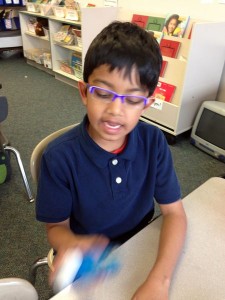
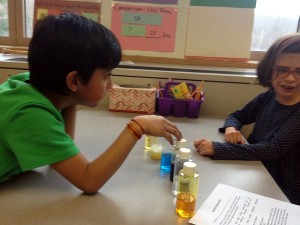
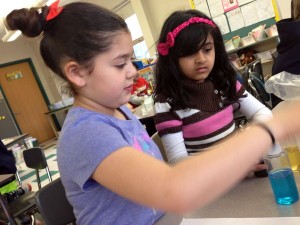
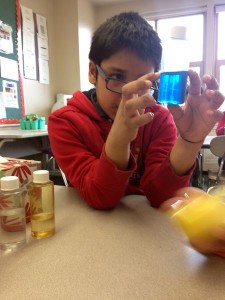
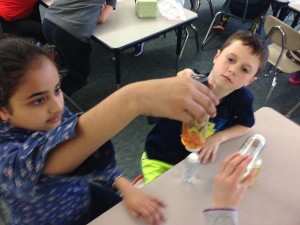
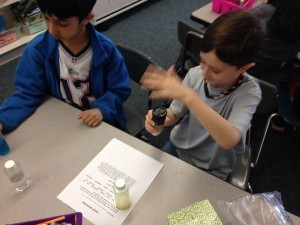

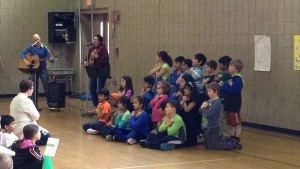
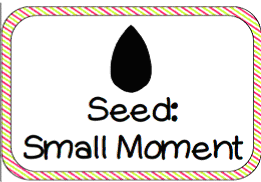
 Our poetry lessons have yielded a fruitful bounty (how’s that for a metaphor?)! Students made great progress writing about a topic important to them with images, feelings, careful word choice, and an understanding of lines. Below are a few pictures of students reciting their poetry after working on expression and volume. I have published all of the students’ poems in a bound collection that I will send home Monday. Be on the lookout! Here are 2 selections. Notice their amazing metaphors, imagery, and careful word choice:
Our poetry lessons have yielded a fruitful bounty (how’s that for a metaphor?)! Students made great progress writing about a topic important to them with images, feelings, careful word choice, and an understanding of lines. Below are a few pictures of students reciting their poetry after working on expression and volume. I have published all of the students’ poems in a bound collection that I will send home Monday. Be on the lookout! Here are 2 selections. Notice their amazing metaphors, imagery, and careful word choice: